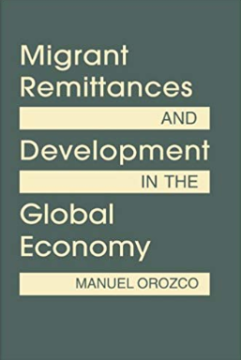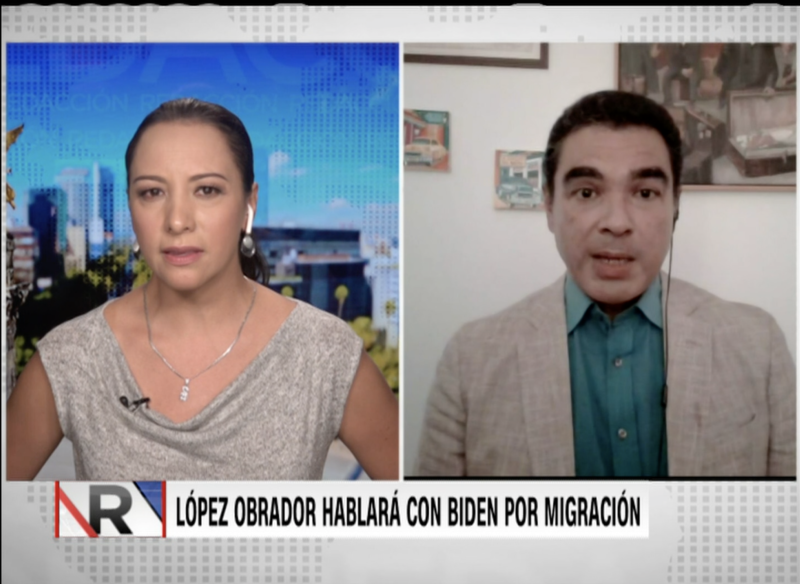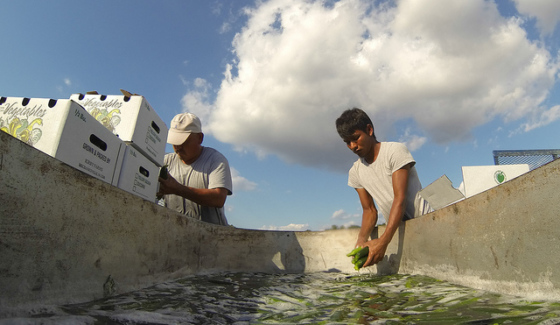
Migrant Remittances & Development in the Global Economy
How do patterns of migration and remittances differ across regions? What kinds of frameworks support the contributions of remittances to local development?
Manuel Orozco, non-resident Senior Fellow at the Inter-American Dialogue, joined CNN for an interview to discuss the ongoing migration phenomenon occurring in Mexico’s southern border. The interview touched upon some of the causes of migration, the countries where large numbers of migrants are coming from, and why this issue needs to be urgently dealt with.
Question (Q): Manuel Orozco, allow me to ask if this sounds like a desperate message in light of what is happening at the southern border, because nothing that the President of Mexico [Andrés López Obrador] said in this declaration is new.
Answer (A): No, it isn’t new, we know that this migration phenomenon does not only involve Central America countries, but is also occurring with other nationalities, Cubans, Haitians, Venezuelans, including Mexicans. thirty percent or more of the migration that is coming into the United States is made up of Mexicans, so he is correct, the people are leaving for necessity. However contrastingly enough, during the Trump administration, Mr. AMLO was willing to allocate troops of the Mexican state to set up tents for the immigrants.
Q: Now, Manuel, what should be done when the pictures state it does not matter where the migrants come from, but that they want to enter the United States because they have a lot more to win and nothing to lose. Therefore, the attempt to discourage them to cross the American border is almost impossible.
A: It is impossible in some cases. In reality, the Biden administration’s proposal needs to be dealt urgently, meaning, approach the structural causes that have spurred migration not only in Central America. And on the other hand, well, the urgent necessity of the people to come to the United States as a place of security needs to be addressed. These are justified demands that are entitled for a hearing. So, to detain them, has been historically proven that it does not make sense, it is an unnecessary cost.
How do patterns of migration and remittances differ across regions? What kinds of frameworks support the contributions of remittances to local development?
In 2014, remittances to Latin America and the Caribbean grew 4%, reaching at least $62.3 billion.
This report offers recommendations for Central American governments seeking to leverage the economic activities of migrants in a more integral manner.
 CNN
CNN

